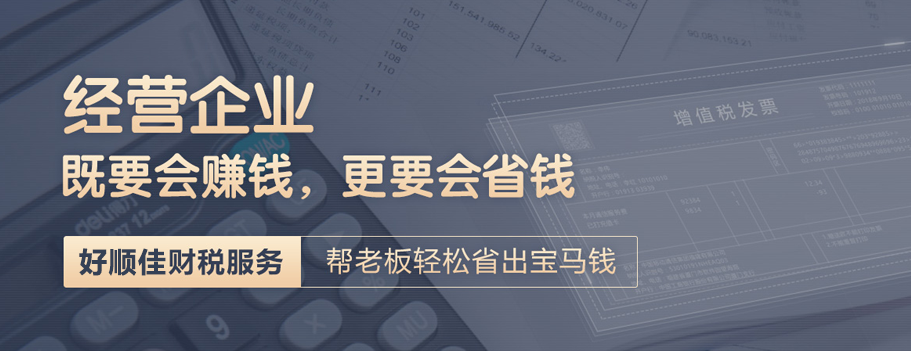When it comes to branding, protecting your business identity is crucial. One of the most effective ways to do this is by trademark registration. Trademarks not only distinguish your products and services from competitors, but they also establish a strong reputation in the market. However, before you rush into registering your trademark, it is important to understand the various classes of trademarks to ensure you are protecting your business adequately.
What is a trademark?
A trademark is a distinctive symbol, sign, or expression that identifies and distinguishes a particular brand or product from others in the market. It can be a word, a phrase, a logo, a design, or even a combination of these elements. Trademarks play a crucial role in establishing brand recognition and consumer loyalty.
The importance of trademark registration
While trademarks are technically protected as soon as they are used in commerce, registering your trademark with the appropriate authority provides additional legal protection and advantages. Trademark registration strengthens your legal rights by giving you the exclusive right to use the mark in connection with the goods or services specified in the registration. It also allows you to prevent others from using similar marks that may cause confusion among consumers.
Understanding trademark classes
Trademark classes are used to categorize the wide range of goods and services that can be associated with a particular mark. The trademark classification system helps streamline the registration process and enables easy identification of the nature of goods and services covered by a trademark. The international standard for trademark classification is the Nice Classification system, which is administered by the World Intellectual Property Organization (WIPO). It divides goods and services into 45 different classes, with each class representing a distinct category.
What are the different trademark classes?
The 45 trademark classes cover a wide range of products and services across multiple industries. Here are some examples of the different classes:
Class 1: Chemicals used in industry, science, photography, agriculture, etc.;
Class 5: Pharmaceutical and veterinary preparations, medical supplies;
Class 9: Scientific, nautical, surveying, photographic, cinematographic apparatus and instruments;
Class 16: Paper, cardboard, printed matter;
Class 25: Clothing, footwear, headgear;
Class 35: Advertising, business management, market research;
Class 41: Education, entertainment, sporting activities;
Class 42: Scientific and technological services, research, design;
Why is it important to choose the correct class?
Applying for trademark registration requires you to specify the goods and services that your trademark will be used for. Choosing the correct trademark class is crucial as it determines the scope of protection your trademark will receive. If you fail to accurately classify your goods or services, your application may be rejected, resulting in delays and potential legal issues in the future.
Seeking professional advice
Given the complexity of trademark classification and the potential consequences of choosing the wrong class, it is advisable to seek professional advice from a trademark attorney or consultant. They can guide you through the registration process, help you select the appropriate class, and ensure that your trademark application is accurate and comprehensive.
In conclusion
Trademark registration is an important step in protecting your business identity. Understanding the different trademark classes is essential to ensure your application is accurate and provides the necessary protection. By choosing the correct class and seeking professional advice, you can establish a strong brand presence and safeguard your business from potential infringement.


















 商標(biāo)注冊,所屬行業(yè)不同,詳情會有所差異,為了精準(zhǔn)快速的解決您的問題,建議您向?qū)I(yè)的顧問說明詳細(xì)情況,1對1解決您的實(shí)際問題。
商標(biāo)注冊,所屬行業(yè)不同,詳情會有所差異,為了精準(zhǔn)快速的解決您的問題,建議您向?qū)I(yè)的顧問說明詳細(xì)情況,1對1解決您的實(shí)際問題。


 相關(guān)標(biāo)簽:
相關(guān)標(biāo)簽:
 瀏覽更多不如直接提問99%用戶選擇
瀏覽更多不如直接提問99%用戶選擇





















